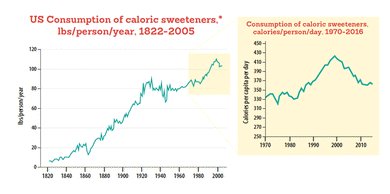
Heart disease stems from a combination of:
- inflammation
- elevated oxLDL cholesterol/lipids
- impaired methyl waste clearance (homocysteine)
- impaired reverse cholesterol transport (HDL)
- dysregulated iron/calcium metabolism
- inflammation
- elevated oxLDL cholesterol/lipids
- impaired methyl waste clearance (homocysteine)
- impaired reverse cholesterol transport (HDL)
- dysregulated iron/calcium metabolism
Interestingly, the reduction in heart disease seen with many statins in clinical trials may stem as much from their anti-inflammatory effects as their reduction in cholesterol synthesis, this study found positive effects even in those with normal LDL
nejm.org/doi/full/10.10…
nejm.org/doi/full/10.10…
More and more studies suggest that reducing inflammation is an important exis of heart disease prevention, similar to lipid markers
nejm.org/doi/full/10.10…
nejm.org/doi/full/10.10…
And of course, iron overload is one of the most under appreciated risk factors for heart disease, contributing to both oxidation of LDL and general inflammation
pubmed.ncbi.nlm.nih.gov/32739111/
sciencedirect.com/science/articl…
pubmed.ncbi.nlm.nih.gov/32739111/
sciencedirect.com/science/articl…
• • •
Missing some Tweet in this thread? You can try to
force a refresh







